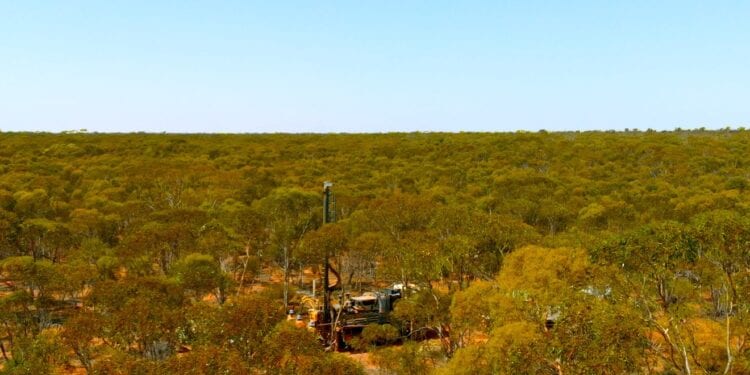Fraser Range Campaign To Commence Later This Month
Galileo Mining Ltd(ASX: GAL) has honed in on its drill targets for an upcoming campaign in the high profile Fraser Range region of Western Australia.
A range of priority nickel targets surrounding the previously reported sulphide mineralisation will be tested with a combination of RC and diamond core drilling.
Managing Director Brad Underwood said drilling is contracted to commence in late July with a 1,500 metre RC programme to be followed by a 500-metre diamond drilling campaign in August.
Assay results from RC drilling are expected to be received in August with diamond core results in early September.
“We have built a pipeline of prospects over the past 18 months at our Fraser Range project and it is now time to start drill testing the most advanced targets,” Mr Underwood said.
“Three priority zones will be tested – the area around existing mineralisation, a structural target 200m northwest, and an EM conductor 1.5km along strike. All targets have been carefully assessed and contain features indicative of nickel mineralisation.
“This is an exciting part of the exploration process and we look forward to updating the market with drill results.”
An RC drilling company has been contracted to undertake approximately 1,500 metres of drilling with a separate diamond drilling company to undertake the core drilling. Core drillholes are planned at each of the three target locations to provide the best quality sample for test work.
Galileo has defined an ultramafic unit at Lantern South which has near surface dimensions of 260 metres by 100 metres with sulphide mineralisation occurring on the margin of the unit.
Mineralisation intersected by the first RC drilling programme, completed in March 2020, will be followed up with RC drilling immediately along strike and down dip. Drill spacing will be approximately 40 to 80 metres from the known sulphide zone with the aim of identifying further nickel and copper sulphides associated with the ultramafic intrusion.
A structural and geological target 200 metres northwest of the sulphide mineralisation will be tested with a combination of RC and diamond drilling. This location is considered to be highly prospective as it occurs on the margin of the large gabbronorite intrusion at an abrupt lithological change. The magnetic image at this position shows an embayment which may be related to post emplacement modification of the major intrusion associated with a mineralising event. EM surveying over this zone showed some evidence of a conductive body at an estimated depth of 200 metres, however it was unable to be adequately modelled due to the overlying conductive cover rock. An EM target on the margin of the major gabbronorite intrusion occurs 1.5km along strike from the mineralised ultramafic unit at Lantern South. This target has been renamed Lantern East to better reflect its position relative to the major intrusion. The conductor is oblique to the strike of the margin of the intrusion and may represent a separate pulse of magma, similar to the ultramafic unit at Lantern South, which also crosscuts the regional magnetic fabric.












